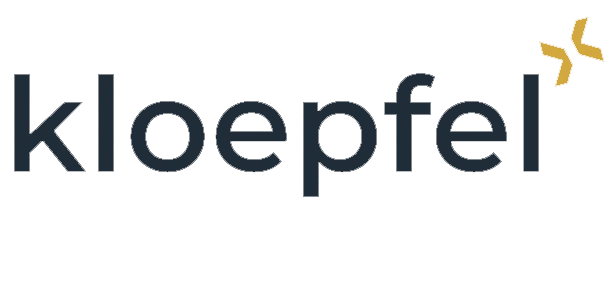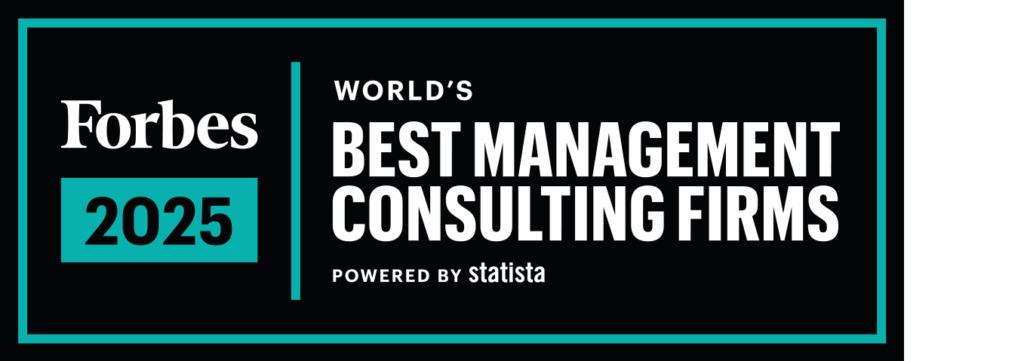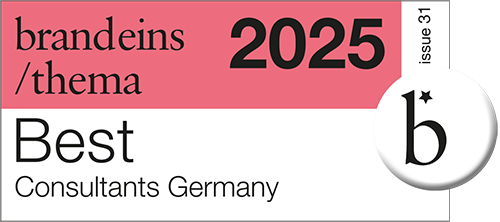Cost optimization consumer goods industry: Valensina
Products: Production and distribution of non-alcoholic beverages of all kinds, in particular soft drinks.
Turnover: 150 million euros (2013)
Employees: 2030 (2014)
Optimization measures:
- Analysis of supplier relationships
- Identification and qualification of new suppliers through market research
Edited topics:
- Purchasing conditions
- Purchasing organization and purchasing processes
- Packaging: Closures, labels, PET bottles, adhesives
- Services: Facility management, logistics
- Overheads
Initial situation:
Valensina GmbH is a leading brand manufacturer and distributor of fruit juices and fruit juice drinks. In addition to the production facility in Vechta, the Valensina Group includes Wolfra Kelterei GmbH in Erding and FSP Frischsaft FRISCHE Produktionsgesellschaft. Headquartered in Mönchengladbach, the company markets a broad portfolio of attractive branded fruit drinks in both chilled and non-chilled food retail outlets.
Solution:
The main objective of the project was the sustainable optimization of purchasing conditions. In order to achieve this goal, existing supplier relationships were to be analyzed objectively and new suppliers identified and qualified. The Kloepfel Consulting project team was also tasked with identifying optimization potential in the purchasing organization and purchasing processes. The large number of different articles and the high demands of the food industry resulted in a high level of project complexity and therefore a real challenge for the project team. The issues addressed mainly concerned the areas of packaging, logistics and overheads. The client's purchasing department had of course carried out tenders in the past, but Kloepfel Consulting's market research enabled many other suppliers to be identified. In addition, topic-specific procurement processes were developed with the involvement of the purchasing department.
The open and transparent communication between customer purchasing and the project team is worth mentioning, not to mention with all relevant specialist departments at the three locations. Purchasing was always closely involved in every project topic, so that an optimum result was achieved in joint supplier negotiations. In this way, full acceptance within the purchasing organization was achieved after just a few weeks. This facilitated the already independent working methods of the project team and thus relieved the customer's purchasing organization in the processing of strategic purchasing issues, while at the same time ensuring sustainable project success. The product groups processed ranged from closures, labels, PET bottles and adhesives to facility management and logistics services. Despite the challenges mentioned, savings were achieved after a short time, most of which were realized with existing suppliers. In addition to these significant effects, the purchasing organization also benefited in the longer term from the methods developed, so that the customer will also be optimally positioned in the future.




